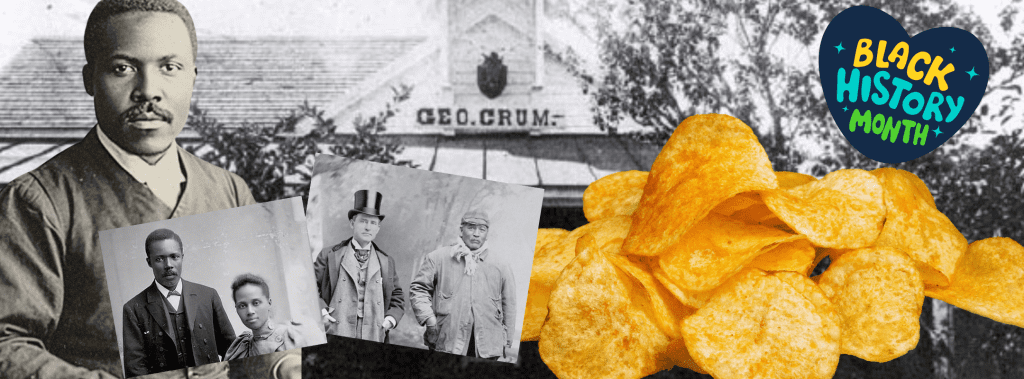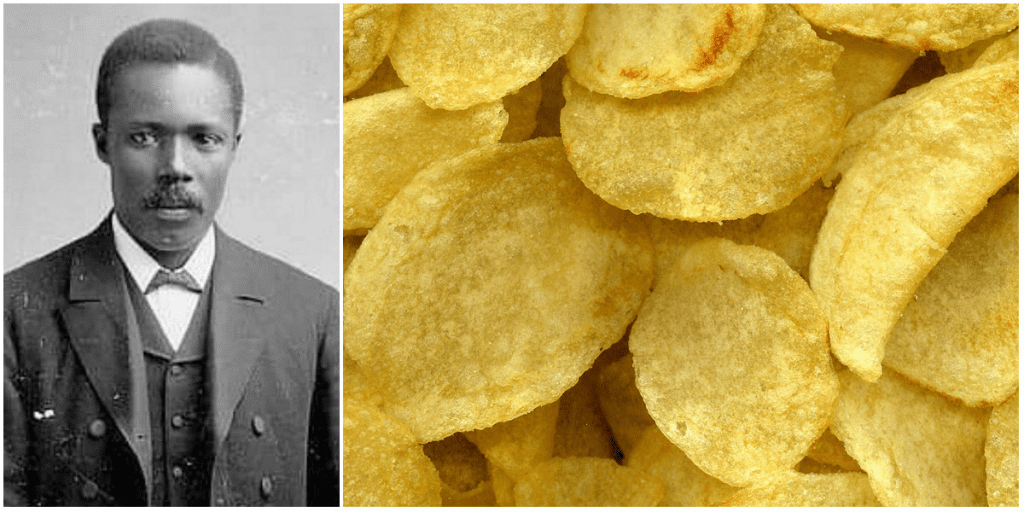It all started in Saratoga Springs, New York, in the year 1849. At the time, George Crum, a Native American and African American chef, was working at the Moon’s Lake House restaurant. Known for his cooking skills and proud demeanor, Crum had no patience for picky diners. But one day, a customer’s complaint about thick, soggy French fries would trigger an unexpected revolution in snacking history.

The Birth of the Potato Chip
According to the tale passed down through generations, a particularly fussy guest kept sending back his fried potatoes, demanding they be thinner and crisper. Annoyed and determined to teach the diner a lesson, Crum sliced the potatoes paper-thin, fried them until they were golden and crackling, then added a generous amount of salt.

To Crum’s surprise, the diner didn’t storm out in protest. Instead, he was thrilled. He loved the crispy, flavorful snack so much that it quickly caught on. Soon, other diners began requesting the same dish, and just like that, the potato chip was born not from a planned culinary experiment, but from an act of sarcasm and defiance.
Video: The Accidental Invention of the Best Snack Food Ever
From Local Hit to National Favorite
Word of George Crum’s crispy creation spread fast. Initially referred to as “Saratoga Chips,” the snack became a signature item at Moon’s Lake House. By the late 19th century, the chips had made their way into cookbooks and home kitchens across the country. Families began slicing and frying their own versions, eager to recreate the crunchy magic at home.
Crum eventually opened his own restaurant in the 1860s, where he continued serving his famous chips to delighted customers. Though he never patented or mass-produced his invention, Crum unknowingly laid the foundation for a billion-dollar industry.

Industrialization and the Rise of Packaged Chips
While George Crum was the creative mind behind the potato chip, the snack’s journey into mass production didn’t begin until decades later. In the 1920s, a woman named Laura Scudder, a California entrepreneur, revolutionized the packaging process by sealing chips in wax paper bags, keeping them fresher longer. This innovation allowed chips to be sold in grocery stores rather than just restaurants or fairs.
The real explosion came in the 1930s and 40s when companies like Lay’s and Wise began large-scale production. Suddenly, potato chips weren’t just a local treat they were a national obsession. With the rise of television in the 1950s, chips became a staple of American living rooms, often served alongside dips and sodas during family nights or football games.
Video:
The Best Way To Make French Fries At Home (Restaurant-Quality) | Epicurious 101
Why Potato Chips Remain So Popular
There’s something universally satisfying about the crunch of a potato chip. The texture, the salt, and the endless variety of flavors make it the ultimate comfort food. From classic salted to sour cream and onion, barbecue, or even jalapeño, chips have adapted to American tastes over the decades.
They’re also convenient portable, affordable, and easy to share. Whether you’re at a picnic, a party, or just snacking at your desk, a bag of chips never feels out of place. It’s this versatility that keeps them at the top of the snack food pyramid.
A Legacy Born from Spite
What makes the story of George Crum so compelling isn’t just the invention itself, but the way it came to be. He didn’t set out to change American cuisine. He wasn’t experimenting in a lab or chasing fame. He was simply annoyed.
Yet that moment of irritation gave rise to one of the most beloved snacks in the country. It’s a reminder that even small actions, driven by unexpected emotions, can have a ripple effect through history.

Conclusion: A Happy Accident Worth Remembering
Today, the potato chip is more than just a food it’s a symbol of American ingenuity and culinary creativity. From its humble beginnings in a New York restaurant kitchen to shelves in every supermarket, its journey is a crunchy success story we all benefit from.
So the next time you open a bag of chips, take a moment to think of George Crum, the frustrated chef who accidentally made snack history. What started as a petty jab turned into a national favorite—and we’re all better fed because of it.


